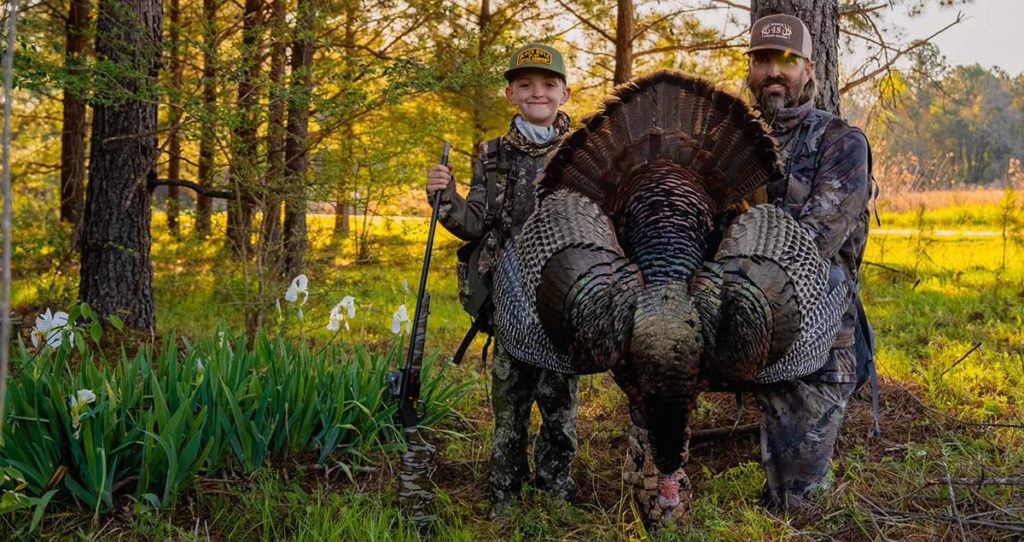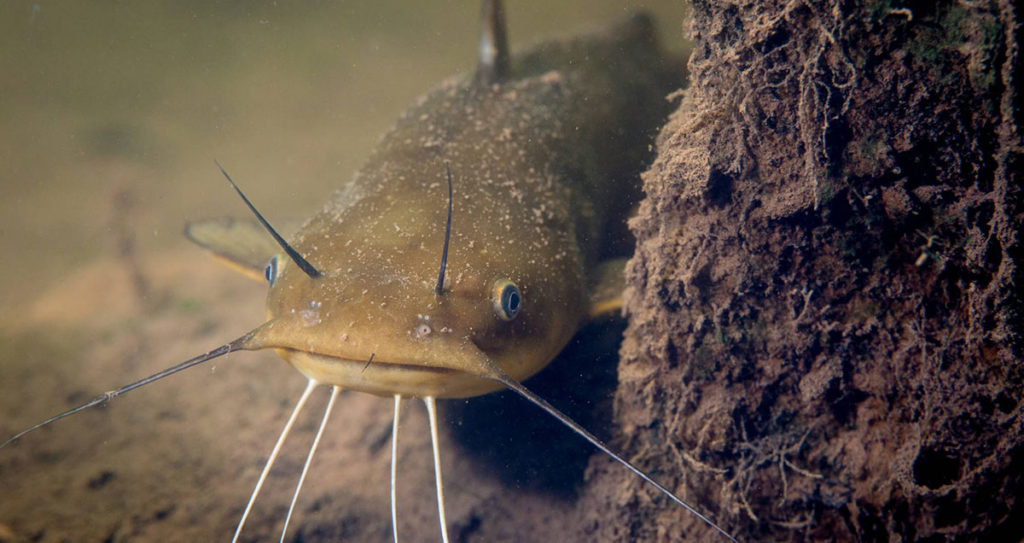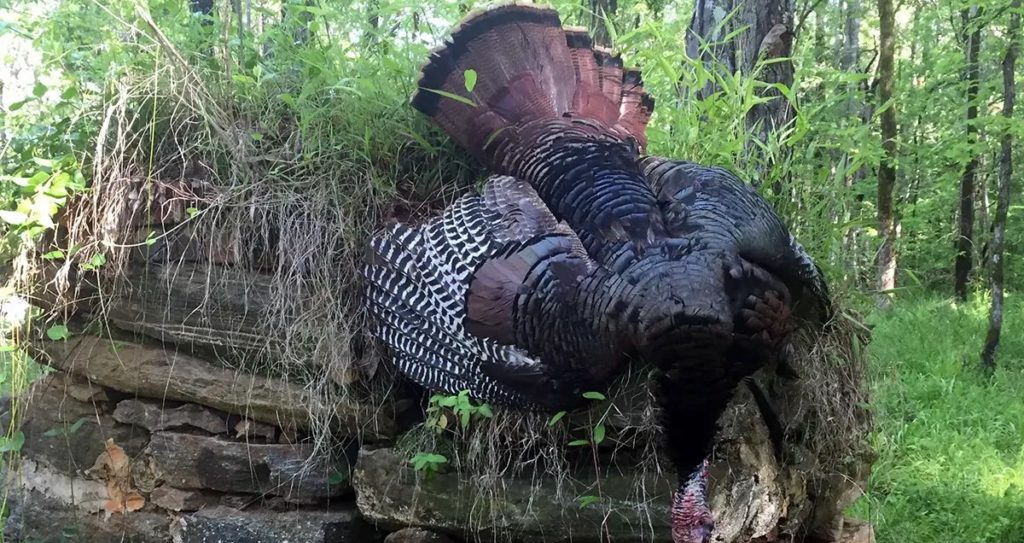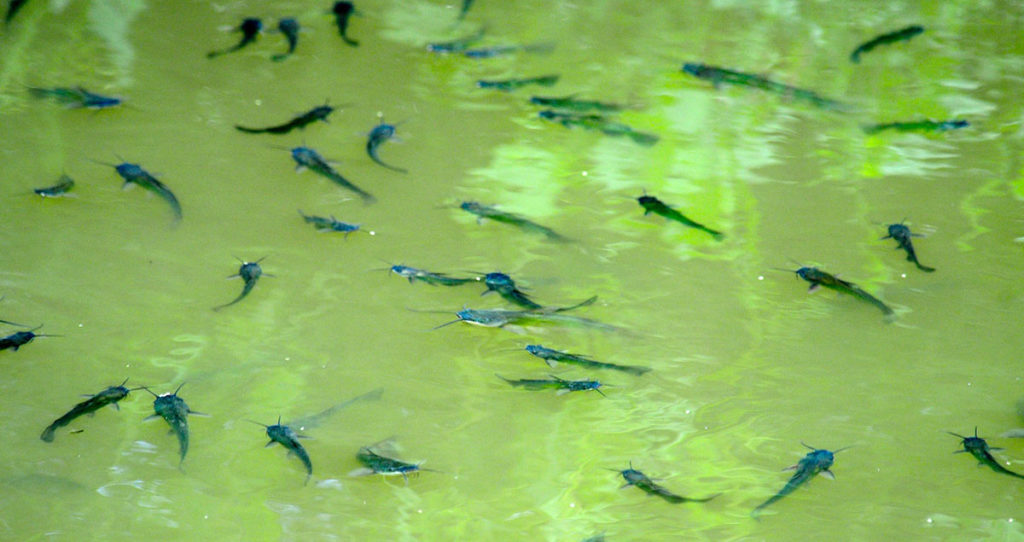Catfish are a popular game fish and a valuable source of food for many Georgia anglers. In this article, we will explore Georgia’s 5 popular catfish species, their characteristics, habitats, and behavior, providing insights into their life cycle and fishing techniques to catch them.
Georgia’s five primary species of catfish include:
Channel Catfish (Ictalurus punctatus)
Channel catfish are found all over the country. Any water connected to the Mississippi River basin is going to be filled with healthy amounts of channel catfish. In Georgia, channel catfish are the most popular type of catfish anglers are going to find. Be ready, they can easily grow upwards of 20 and 30 pounds.

Characteristics
Channel catfish are easy to distinguish due to their forked tail. Combine the tail with the longer upper jaw that protects the lower jaw and it’s easy to figure out when you’ve landed a channel cat.
Generally, these catfish are going to be brown on their sides, slate/blue on their backs and have a white belly. Depending on the region and size of the fish, channel cats are going to have spots all over their body.
Blue catfish have a similar appearance to channel catfish, but their different colors help anglers distinguish the difference. Channel cats can grow upwards of 3 feet long and 50 pounds in Georgia.
Channel catfish are fairly solitary fish. Until spawning season hits, channel catfish are off on their own. In terms of daily activity, they are extremely active during the night. As soon as dusk hits, they begin their hunting. During the day, they lay low.
Habitat
Throughout the day, channel catfish are found deep in caves, under logs and anywhere that’s safe. They aren’t overly territorial, so they don’t fight over sections of water. If you spend time looking for rocky shorelines as well as bends in rivers. If there is deep water, expect channel cats to be in it throughout the day.
At night, look for catfish near sandbars and flats located near that deep water. This is generally where they move in search of food.
Channel Fishing Spots in Georgia
Thankfully, channel catfish aren’t hard to find throughout Georgia. Lake Marbury in Fort Yargo State Park is well-known for their large channel catfish. The Altamaha River is also a great place to spend time fishing for channel cats. The state record channel cat was pulled out of here.
Evans County, Paradise, Hugh M. Gillis as well as Dodge County Public Fishing Areas are great places to fish for channel catfish in Southeast Georgia.
Blue Catfish (Ictalurus furcatus)
Blue Catfish are another extremely popular catfish species found in Georgia. Blue cats are some of the largest catfish an angler can catch. In Georgia, Blue cats are found in lakes, ponds and rivers all over the state. The Mississippi, Missouri and Ohio River Basins are filled with massive blue catfish populations.

Characteristics
Blue cats have a flat dorsal fin as well as a deeply forked tail similar to channel catfish. What distinguishes the two is the silver/slate blue color that covers their entire body. Channel cats are more brown. However, they do both share a white belly. Blue cats also have four pairs of black whisper arbels. They can grow upwards of 5 feet long and 110 pounds in Georgia.
Blue catfish are opportunistic feeders. They’ll eat all sorts of native fish and a variety of predators. Similar to other catfish species, they’re nocturnal and prefer to do the majority of their hunting at night. During the day, they’re deep in the water column hiding near cover or structure. They’re known to be aggressive.
Habitat
Blue catfish aren’t unlike many other catfish species with their preferences. During the day, they want deep water, faster currents and sandy bottoms. These conditions allow them to easily hunt and spend time laying low while they aren’t feeding. If you can find a feeder river or creek, this is an even better way to fish for them. The water entering their primary water source is where they love to feed.
At night, you’ll find blue catfish cruising the shallows hunting for food. Sandbars and flats are their favorite places. They’ll also cruise through fallen trees.
Blue Fishing Spots in Georgia
In Georgia, Carters Lake is a great place to find Blue Catfish over 20 pounds. Lake Walter F. George near Columbus was where a state record blue catfish that weighed over 80 pounds was caught. If you visit, fish the tailrace. This is where the big fish are found. Chatuge Lake as well as Goat Rock Lake are good places to find blues.
Flathead Catfish (Pylodictis olivaris)
Flathead Catfish are some of the favorite catfish for anglers in Georgia due to their massive size and aggressive fights. Georgia has produced some monster Flathead Catfish with the record being 83 pounds. Make sure you prioritize flathead on your visit to Georgia.
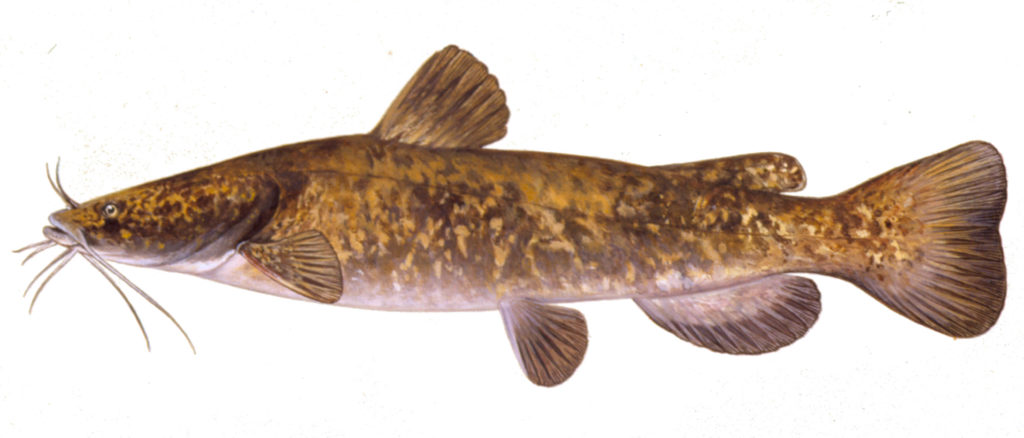
Characteristics
Flathead Catfish get their name from their primary characteristic: a wide, flat head. The other unique characteristics are a purple/brown dorsal fin and yellowish belly. They don’t have as deeply forked of a tail, but it’s still noticeable. In Georgia, it’s not uncommon to find these fish weighing over 20 pounds. A fish over 50 pounds isn’t unlikely either.
Flathead catfish are unique because they don’t regularly eat dead fish/animals. They prefer to eat live animals. Crayfish and other crustaceans are popular. Plus, they love to eat smaller fish. They’re a bit more aggressive and eager than other catfish species due to their desire for live food.
Habitat
Flathead catfish are found in rivers as well as lakes all over the state of Georgia. Young flathead catfish are found in riffles and more shallow sections of water. Large, adult catfish are found in deep pools, near cover and in swift moving water. Like many other catfish species, flatheads are solitary, but it’s not uncommon to find a few next to each other.
During the day, flathead catfish are deep and in their usual feeding spot. As dusk approaches, they leave the deep water and move to shallow, sandy areas in search of all the live prey they can find.
Flathead Fishing Spots in Georgia
Lake Nottely is a place where anglers have success landing large flathead catfish that weigh around 40 pounds. Carters Lake is another popular still water place to find flatheads.
If you’re looking for moving water, the Flint River is a great option for 30-pound flatheads. The Chattahoochee River south of Donalsonville is another great place to fish. Finally, don’t forget about the Altamaha River. It produced a state record breaking 83 pound flathead.
White Catfish (Ameiurus Catus)
White Catfish are found all over Georgia except the Northeast Corner. These aren’t the largest catfish in the world, but they’re fun to catch and are a great way to introduce a new catfish angler to the sport.

Characteristics
White catfish rarely grow over 20 or 25 inches and 5 or 6 pounds. They have recognizable makeup. The upper jaw projects over the lower jaw and they also have a forked tail. Some anglers call White Catfish bullhead, but one of the distinguishing factors that make it a catfish is the forked tail.
It has a short anal fin, black spots as well as a two-tone black and silver body. Their backs and stomachs are generally white.
Like all other catfish, White Catfish are going to be most active at night. White catfish will eat a variety of living and dead crustaceans and fish. They aren’t overly picky with what they’re going to eat.
Habitat
White Catfish are going to spend most of their time in deeper water holding near cover. Most of their day is spent in between a few spots while they wait to feed during the night. At night, they still don’t travel overly far, but they’ll move to shallow water and cruise through cover and structure looking for food. Look for drop-offs if you want to find White Catfish.
White Catfish Fishing Spots in Georgia
Lake Oconee is one of the better known White Catfish lakes in Georgia. The Satilla and St. Marys Rivers are angler’s best bets for finding them in moving water.
Bullhead Catfish (Ameiurus spp.)
The Bullhead Catfish is a close relative to the white catfish. These are some of the heartiest of the catfish species. Some of that muddy and dirty water in lakes and streams are where these bullhead catfish are going to flourish. Few things can live in this water, but bullhead catfish don’t need highly oxygenated water to survive.

Characteristics
Bullhead catfish generally grow to be 12-20 inches long and upwards of 8 pounds. Their bodies are a yellow/brown color with a white belly. They have a small horn-like shape on their head that sets them apart from all of the other catfish species. Plus, they also have the notched tail that make catfish recognizable. The upper jaw extending over the lower jaw is the final well-known characteristic.
Bullhead Catfish are comfortable sitting in muddy water near cover throughout the day and move around much more at night. They have no issue eating dead fish and crustaceans, but they won’t pass up an easy meal on a living fish.
Habitat
Bullhead Catfish are found in slow-moving water with all sorts of mud and vegetation at the bottom. They can withstand extremely high temperatures and even polluted waters. They have poor eyesight, so water clarity doesn’t matter. They rely on their barbells to help them navigate.
Those waters many people would label as gross and disgusting are where many bullhead catfish are found.
Bullhead Fishing Spots in Georgia
The Satilla River is the favorite place for anglers looking to land Bullhead Catfish in Georgia. Lake Oconee is also known to have a great population of these fish.
Final Thoughts
Catfish are some of the most fun fish for anglers to catch. Due to their varying size, the anticipation that comes with waiting for a bite is extremely exciting. Georgia is a phenomenal place for anglers to catch the five species of catfish listed above. Lakes, rivers, ponds and streams are all going to hold catfish, so make sure you get out and explore all of the amazing places Georgia has to offer.



